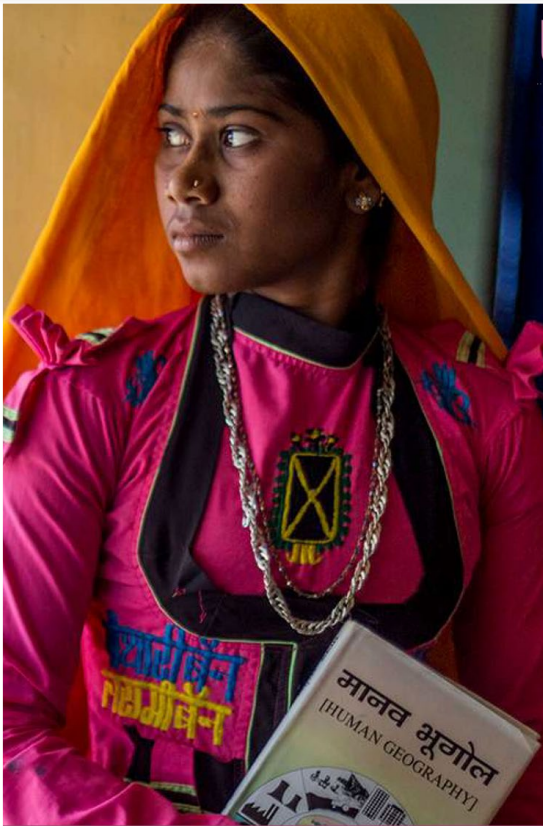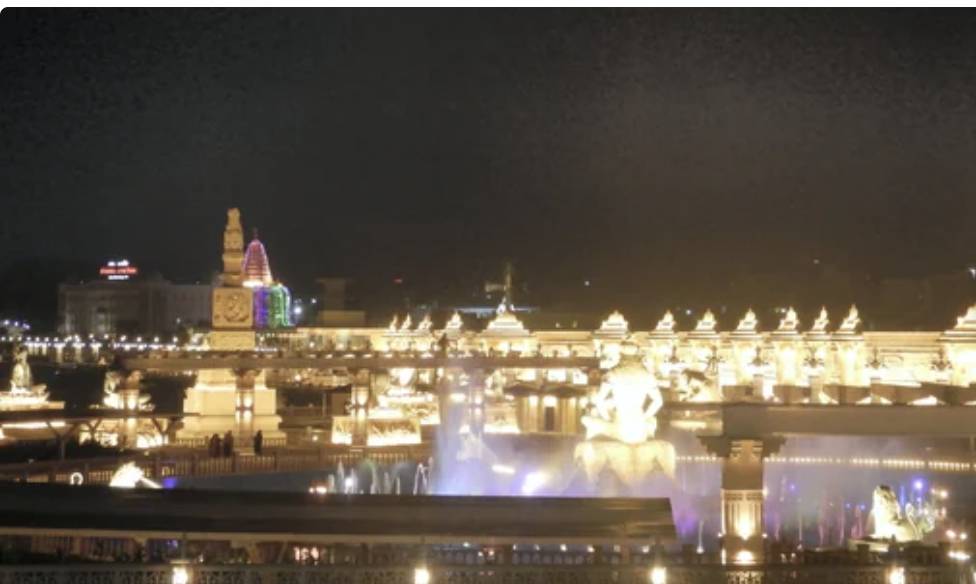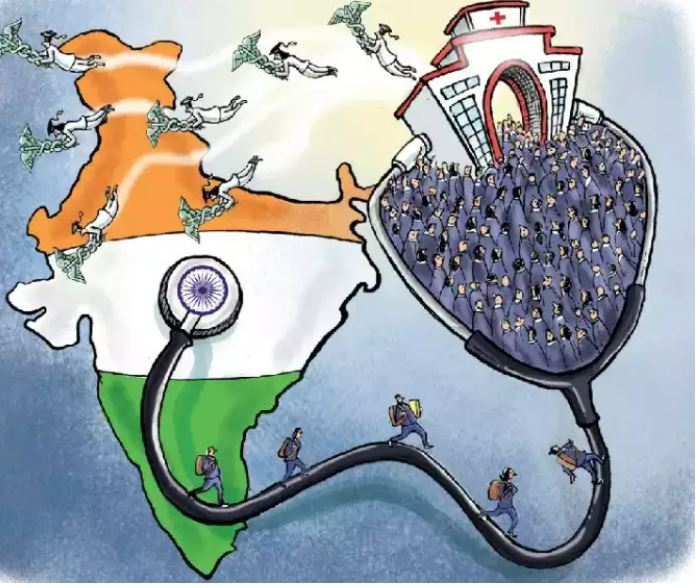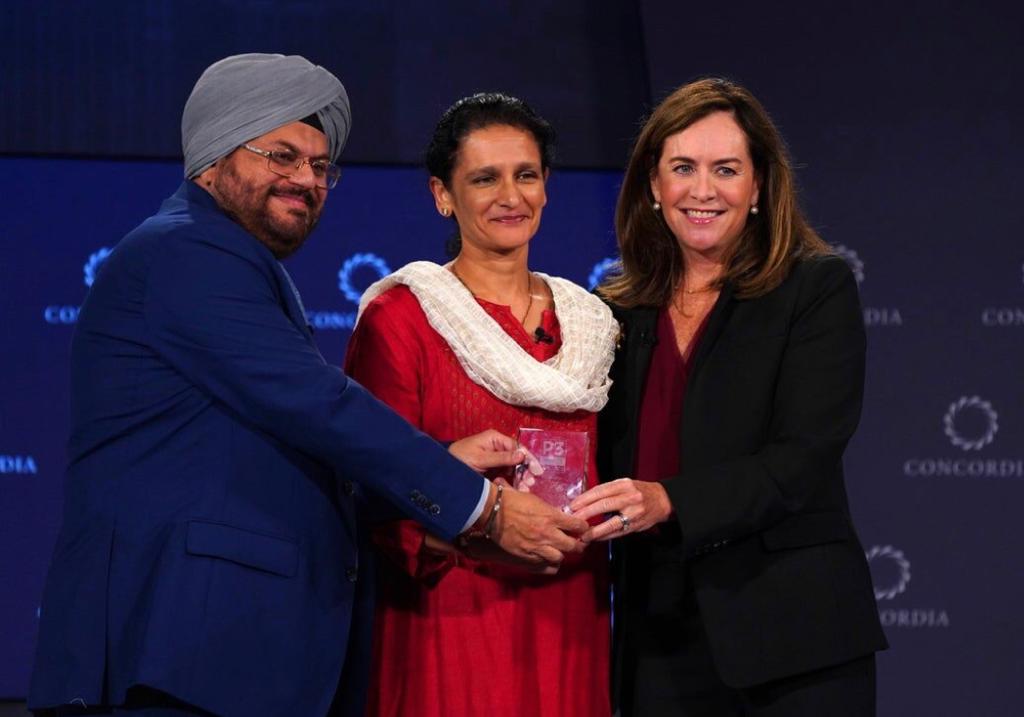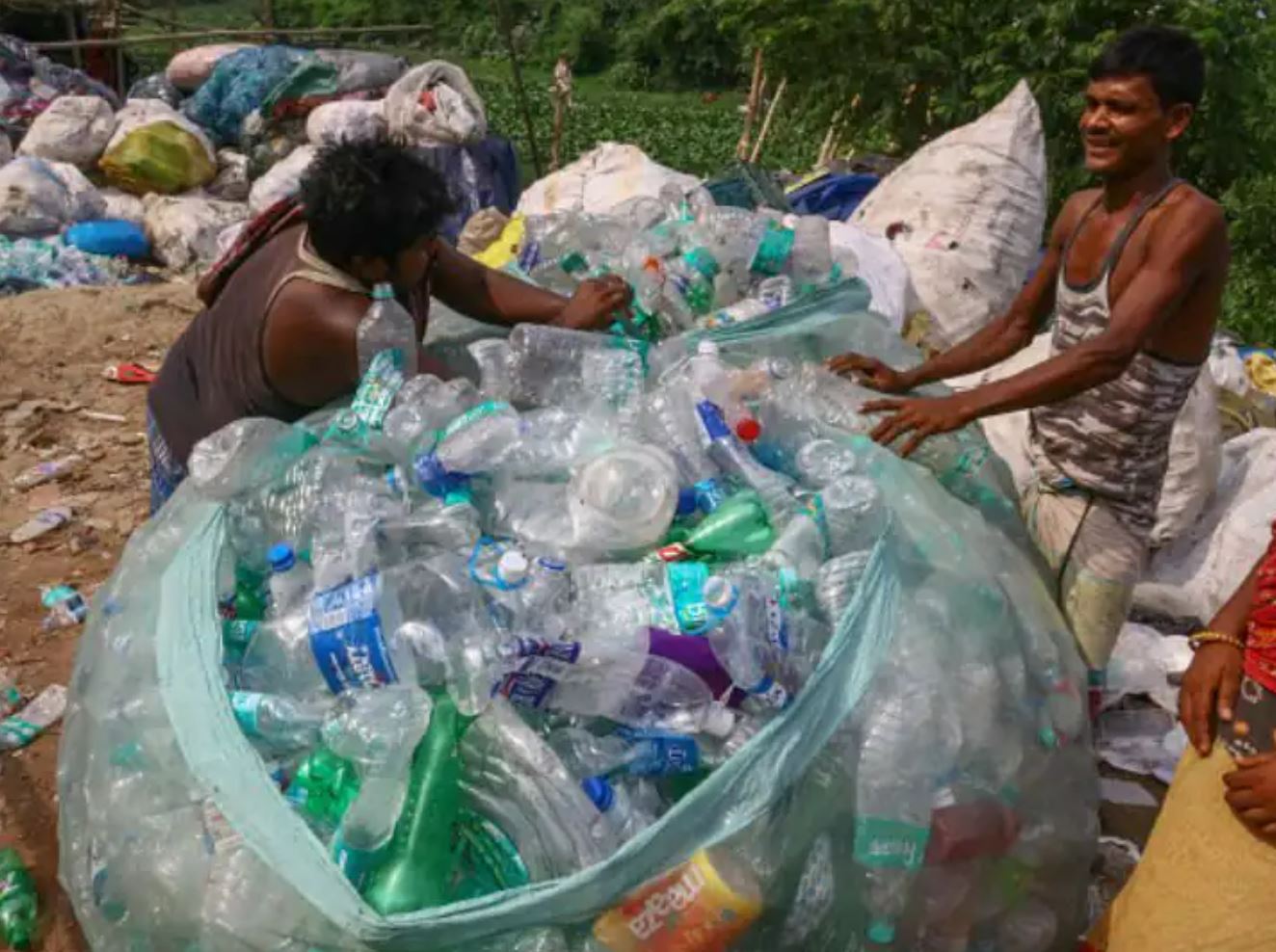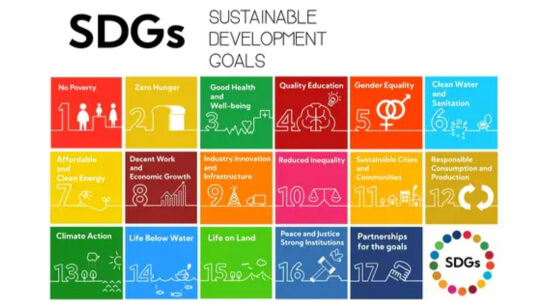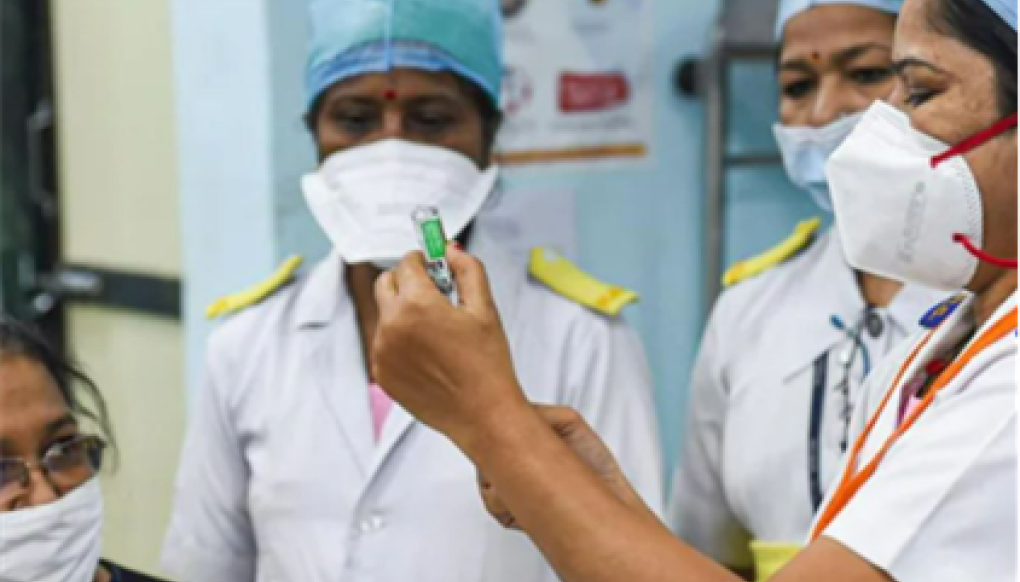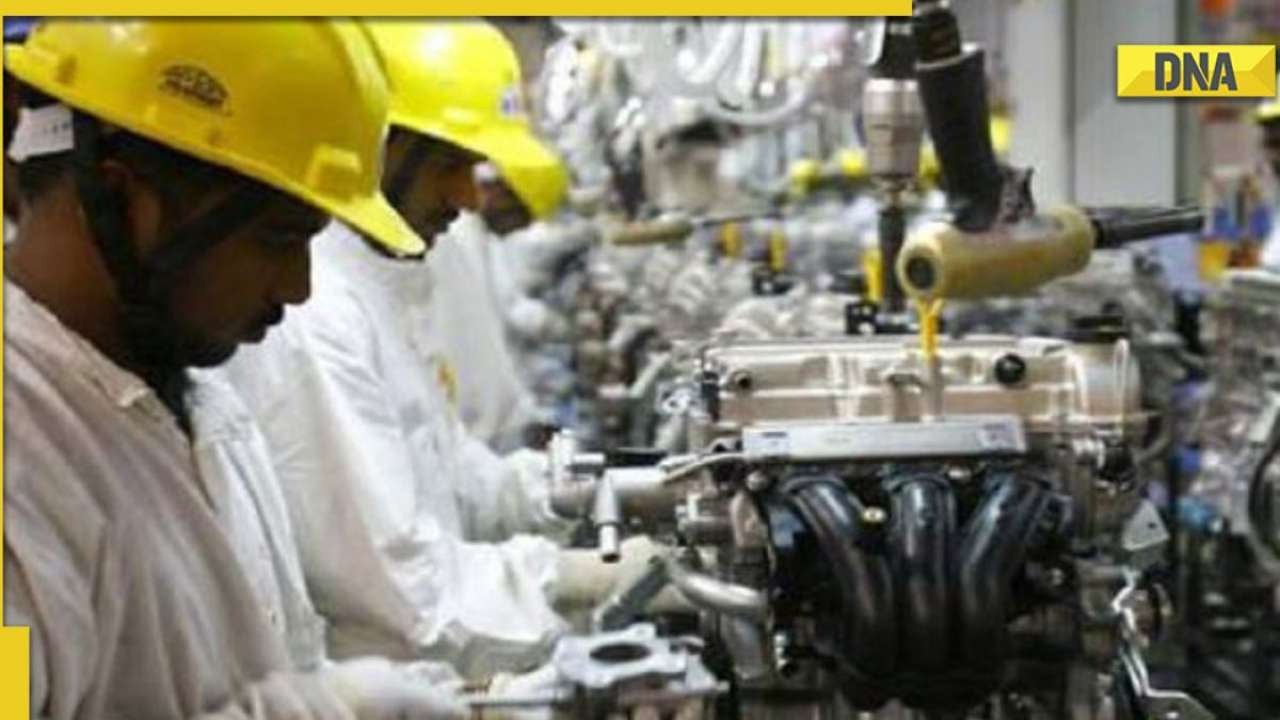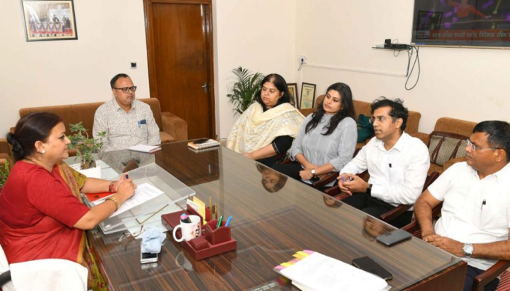People tend to move to places where they can eke out a living. As India’s agriculture fails to employ all of the growing rural populace, the cities become a magnet. Rural migration to urban areas has been an irreversible process seen for centuries.
In a decade or so, half of India’s population will be living in urban centres, straining urban infrastructure that cannot be commensurately expanded or improved to support such huge population concentrations. Forget about homes, they won’t even have enough water, transport, roads, electricity and sewage systems will groan under the population pressure.
Indian cities are set to become mega slums. Can we do something about it now? Yes and no, say urban planners and experts. Any number of studies have pointed out what needs to be done but, say urban planners, there is no political will to do it.
Ape and super ape, a documentary of the 1970s, captured the essence of the problem. One part shows four rats in an enclosure. They have enough food and live playfully, cheerfully and peacefully. Then in the same space 12 rats are crammed in. Life becomes chaotic; they fight among themselves; some get killed.The moral of the story? We humans face the same fate if our cities’ growth is not regulated and properly organised.It may already be happening: urban strife for space is a fact.
India’s development planning has always been rural-centric. It is only lately that the palpable burden of population pressure in our cities is getting the attention of our planners and policymakers.
One example of how policymakers (read politicians) fail us is Dharavi in Mumbai. There has been a lot of talk about developing the vast slum area; a lot of money has also gone into it. Physically not much has changed. But ultimately it is the people of Dharavi who transformed it from a haven for criminals and all things illegal to a respectable economic hub.
Today it is home to all kinds of micro-enterprises and is self-contained, except in civic amenities. It took the Dharavi people just a generation to elevate themselves from grovelling poverty to relative prosperity. In fact, some of its entrepreneurs are decidedly rich.Dharavi’s genesis is like any other slum: people came from all corners of the vast hinterland and just squatted there, helped by Mumbai’s dons, of course. Much the same way slums clusters have formed in other big cities as well. Even smaller cities that became industrial much later have seen slums take over much of the peripheral tracts and sometimes even plots in the centre.
Panipat in Haryana, Sivakasi in Tamil Nadu, Moradabad in Uttar Pradesh, Alang in Gujarat and Ludhina in Punjab are prime examples of how slums proliferate. Even planned new cities — Gurgoan, Noida, Sriprembudur and Navi Mumbai — have seen large-scale immigration and the resultant slums. Even in Delhi, perhaps the only city that has a master plan, slum clusters are growing incessantly.Urban planners now say creating planned cities like Chandigarh is not the answer. The answer lies in improving existing towns and slums with serious intent and effort. It is easy to miss but the fact is India is one of the least urbanised countries in the world. But its urban centres are one of the worst.
Isher Judge Ahluwalia, who has headed an expert committee on urbanisation and is herself an expert on the subject, says the challenge of managing urbanisation must be addressed with a combination of increased investment and strengthening of governance.To illustrate, she says Punjab had the highest per capita income in the country some years ago, but has slipped to the seventh or eighth place because it ignored urbanisation and industrial development essential to raise people’s standards of living at every level.
Nearly 377 million of India’s one billion plus population live in urban areas. There are 4,041 urban local bodies and an equal number of towns, which are categorised as rural areas only because fund flows to rural bodies are better than to urban bodies. Of the 4,041 urban local bodies, more than half (2,543) have slums. In Mumbai 55 per cent of its people live in slums. Andhra Pradesh, Chhattisgarh, Madhya Pradesh, Odisha and West Bengal have large numbers of urban households in slums.Cracking the urban infrastructure problem is a big challenge, says former urban development secretary M Ramachandran. Basic infrastructure like toilets is lacking; there is no political will to tackle it. It is a complex issue; any solution will necessarily be complex too.For a starter, he says, states can begin to empower the lower levels of governance.
Despite the 74th Constitution amendment, funds, functions and functionaries have not completely shifted to the local bodies. “We cannot continue with a system where the state- level water boards, sewage boards and transport corporations just do the minimum and leave the rest as open- ended,” Ramachandran says.In 2012 all cities were asked to prepare sanitation plans by 2012. The deadline came and went with very little work done. And this, says Ramachandran, was supposed to be the starting point for cleaning up cities and providing basic infrastructure. “There is no will.”
Ahluwalia’s committee has called for an investment of Rs 39 lakh crore over 20 years on urban infrastructure. McKinsey has said per capita capital investment in urban infrastructure must be raised from $17 to $134 over the 20 years. JNNURM- I helped projects worth Rs 1,20,000 crore in some cities and towns basically to improve infrastructure like water supply, sewerage, slum rehabilitation, etc.The committee has even suggested how resource generation can be improved. The 13th finance commission also has made appropriate recommendations. One suggestion — the municipal bond market — started on a low key and has remained so.
So sourcing funds remains a big headache. Tax collection by local bodies has to multiply. In parallel, fund devolution from states to local bodies must rise. In the UK, says Ramachandran, 70 per cent of local body resources comes from the central government.The committee has given a detailed menu of how local bodies’ incomes can be increased: property tax, profession tax, entertainment tax, advertisement tax, sharing of motor vehicles tax and stamp duty, sharing of GST (when it comes), proper user charges, an efficient inter-governmental transfer system, debt financing, public-private partnerships, an active role for financial intermediaries, land-based finance instruments, in fact, the works.
Ahluwalia points to the fact that two-thirds of India’s GDP comes from urban areas. Despite taking India to the village, people still migrate to urban areas in search of jobs. Urban centres have become engines of growth. So why not spend some of the money earned from urban areas on making their conditions better? she asks.She has an explanation why India lacks manufacturing growth. “It’s because we have not developed cities,” she told a seminar recently. Development will not happen if cities are not made livable. “We are not ready for even 7 per cent, leave alone 9 per cent growth. It is not sustainable without improving the health of people and conditions in cities.”
In her view states low on urbanisation are low on development too. West Bengal, Odisha and Jharkand are low on economic activity because they do not have many urban centres.“Unfortunately… in India economic development does not lay emphasis on city management…. City authorities cannot address major issues. They do not control tax incentives, corporation or city management..,” Aswajit Singh, a consultant and CMD of IPE Global, told this newspaper.
He brings up the Dharavi example. “It is thriving because it is in the heart of Mumbai and there are enough opportunities,” he says. The idea is not to move slums away, but find innovative models within slums and create economic opportunity.Singh supports cities going vertical because it creates more space for living and economic activity. In India floor space index (FSI) is very low — between 1:1.33 and 1:1.5 — unlike in some advanced countries where it is as high as 1:20. In Mumbai builders are asking for an FSI of 1:9.
Delhi has crowded areas, specially the old villages around which New Delhi was created. These have grown organically though haphazardly after the original inhabitants, mostly farmers, lost their farmland to urbanisation. The villages have developed into self-contained micro-towns, housing thousands more than the original habitats did.Infrastructure has to be at three levels, Singh adds. One, external. Two, internal. The third is trunk infrastructure like roads, sewage and water supply. Once these are in place, a vertical move can be made and create economic activity like, say, shops. Private sector will fill that space for creating commercial activity.
Singh regards JNNURM to be a very good initiative that has made funds available. But most cities have used it for improving transport, as they do not have the wherewithal to use the money for building infrastructure for sewage and water. For example, he says, Jaipur does not require a Metro system in at least a decade or two, but is spending money on the project because it is easy to spend large money on such projects. If this money were spent on sewage, water and slum clearance, entire Jaipur will become clean and beautiful.
The Planning Commission has begun to fix this problem in consultation with the urban development ministry. The two are working on a national plan to improve amenities in Indian towns by involving citizens, according to Planning Commission member Arun Maira.To begin with the commission proposes to completely ‘overhaul’ urban planning, involving local citizens and building capacities to manage, fund and maintain created infrastructure. “We will soon begin the process of preparing master plans with inputs from local citizens so that urban planning gets totally decentralised. This is essential before JNNURM-II is taken to the cabinet for approval,” Maira says. JNNURM-II begins next financial year — the third year of the 12th plan. To get it started the master plans will have to be first put in place.
Capacity building at different levels of government will be the key focus of JNNURM-II. One important element of this exercise is creation of professionalism in municipal cadre. “We have been putting money in big things without building the foundation. The emphasis now is to create essential ‘soft infrastructure’.” In other words, good workable plans and good capacity to make execute the plans.One intrinsic problem of urbanisation is the mindset of the people in cities.They have scant regard for environmental hygiene. People keep the insides of their houses, even in slums, clean. But they are least bothered about cleanliness just outside their homes. This calls for an awareness programme.
In China one does not come across a Chandigarh or a Brasilia. New cities have been created there by involving the local people in town planning. Ultimately, it is the local citizens who are the best judge of what’s needed for their town.Retro-fitting Dharavi, says Maira, will be difficult but a beginning has to be made. Gujarat’s example of improving the slums around Ahmedabad can be replicated elsewhere, he suggests.
In the new Indian approach citizen councils will be approached as in China and told what the budget is for building trunk infrastructure. The citizens then will be asked to provide inputs for prioritising the infrastructure they think is necessary in their city. Maira admits this will be a long-drawn affair but it cannot be delayed.Creation of new cities as those proposed on the Delhi-Mumbai industrial corridor is welcome, but that is not the answer to the problems of existing cities which, Maira insists, must be improved and made livable.
Agreeing with Maira, Singh points to the post of municipal commissioner to illustrate what’s wrong with civic bodies. The post is inevitably held by an IAS officer who has no idea of how to run a municipal body. “I have seen non-accounts people handing accounts posts for up to 20 years.”Cities do not have vision plans. PPP is a must, he says. “Create profit, private players will come. Provide a sweetener, the private sector can fix the entire problem of sanitation. A lot of work has been done globally in solid waste management. People will pay for good services.
“We pay huge money for mineral water. If we provide clean water, people will be prepared to pay for it.” In Nagpur, says Ramachandra, people pay increased charges after the city water board modernised its plants and other facilities to provide 24×7 water supply.Singh has conducted studies in several cities that show that up to 30 per cent of households do not pay property tax. Regularisation of unauthorised colonies will bring in more revenue by way of property tax. If this revenue is harvested properly and strictly it can help fill the funding gap to an extent.
The 13th Finance Commission has said even without increasing or structurally changing property tax, the revenue from this, now between Rs 6000 crore and Rs 9000 crore, can go up to Rs 22000-35000 crore only if the coverage and collection efficiency are improved. This is something the local bodies have to look at closely and seriously, says Ramachandran.But corruption comes in the way, says Singh. But cleansing the system is possible. “We need to start looking at civic bodies like companies. The reason why Shanghai and other Chinese cities have succeeded they follow one-city-one-manager, the mayor, policy. In India you have a number of authorities: the water board, slum development board, municipalities, the telecom, the electricity, central, rural and state rules, a cobweb of authorities and rules.”







